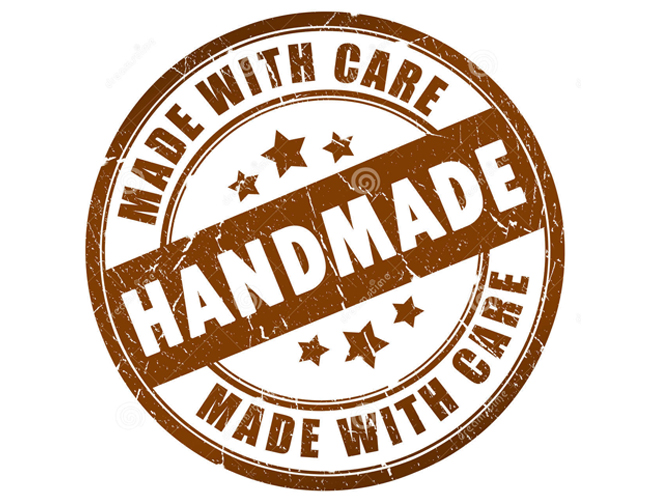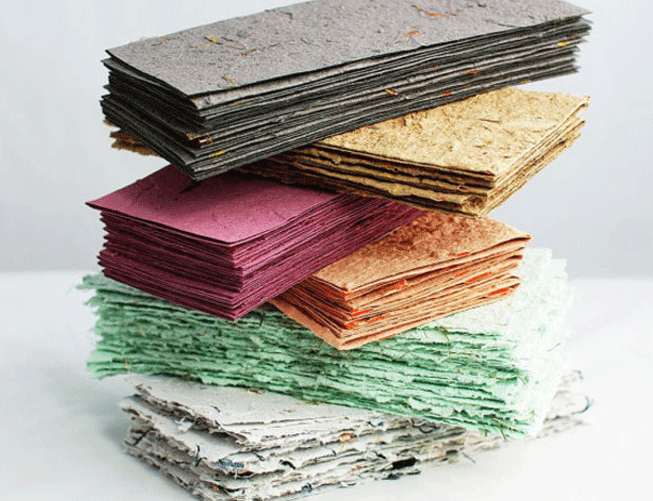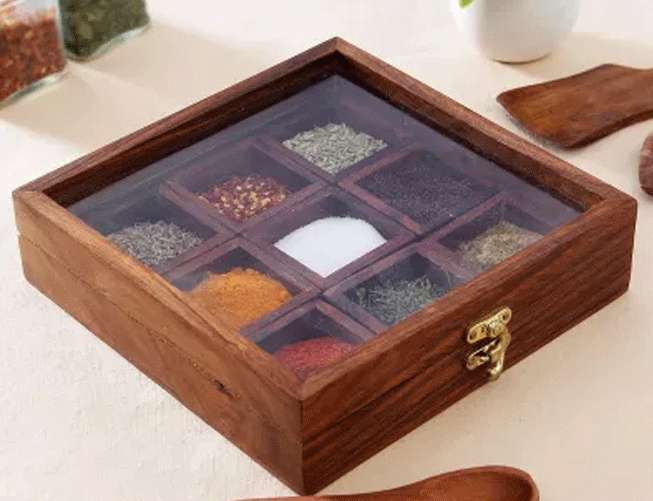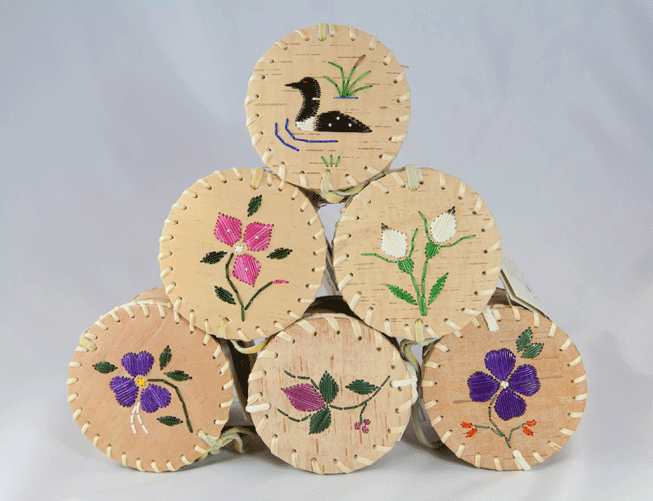HAND MADE
Sustainable products
‘Handmade’ implies slow and deliberate. If you make handmade goods in a rush, it shows. With very few exceptions, handmade objects are not disposable. Disposability is for cheap junk. Why go to all the effort of making something beautiful by hand just to throw it out?
Many people think that handmade means second-rate and unaesthetic. This is probably a response to the amateur, unattractive hobby crafts practised by proud but untalented family members. However, being handmade has also always implied the highest quality goods made by master craftspeople who have enormous talent, training and experience. Whether its clothes, shoes, pottery, houses, furniture, knives, tools, jewellery, even beer, or anything else, there are master craftspeople making the highest quality goods by hand.

The Materials And Tools Used in Handmade
Woodworkers utilize many different kinds of wood. Kiln-dried hardwoods are purchased at lumber stores for cabinetmaking. When lumber is kiln-dried, its moisture content is reduced to around seven percent, ensuring that it will not warp, swell and shrink after it has been made into furniture. Some cabinetmakers, particularly chair builders, prefer to work with green wood. Traditional chair makers can build chairs of ash that has been cut from a recently downed tree. The green wood is typically easier to work with hand tools.
Hand tools are generally used for applications that require less power and greater finesse. In woodworking, operations such as finish planing and dovetail cutting are frequently done with hand planes and small hand saws. Handicrafts can involve the use of hand tools including needles, glass cutters, looms, spinners and presses. Hand tools allow the craftsperson to remain connected to the work without the excess power and noise of power tools. It is necessary to learn how to use hand tools properly and to maintain them so that they work at a high level of precision.
Power tools can help the hobbiest avoid difficult drudgery, particularly in woodworking. Power jointers and planers take the rough surfaces off of lumber and flatten boards so they can be used to build precision furniture. Power saws remove the time and labor required to cut boards by hand. For best results, power tools must be maintained regularly, with their blades, knives and cutting edges kept razor sharp. Because they are so powerful, misuse of these tools can result in irreparable mistakes during a project, as well as potential safety hazards.
Handicrafts utilize a wide variety of materials. Sewers and knitters use thread, yarn and fabrics, and sometimes create these materials themselves with spinners and looms. Glassblowers use molten glass and kilns, while stained glass workers make creations out of hard sheets of colored glass. Many people engage in crafts with children, and use household objects such as scrap cloth, newspaper, glue and macaroni for creative art supplies.
Handicraft And Woodworking
Handicraft and woodworking utilize a wide range of tools and materials to create crafts, decorative objects, furniture and implements. Some crafts, such as beadwork, involve only small hand tools, while endeavors such as cabinetmaking often require an a shop full of power tools. The materials used for handicrafts are limited only by the imagination of the craftsperson.
NEED HELP, ASKING FOR PRICES??
KEEP IN TOUCH, SEND YOUR REQUEST



